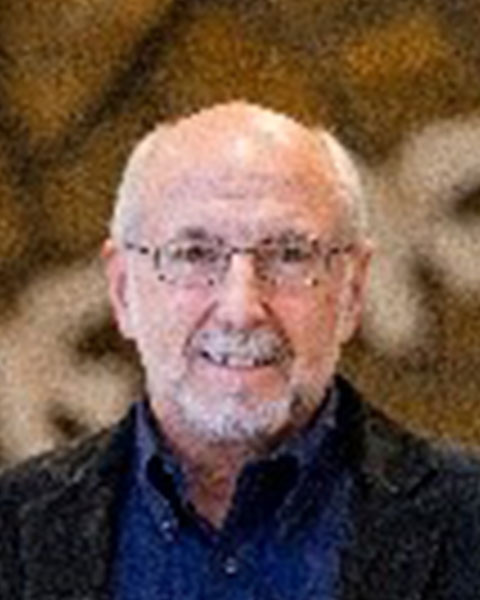Dissemination & Implementation Science
Relationship between preferred help source, trusted source of mental health information, and actual referral source for caregivers of anxious youth
(PS5-C71) Relationship Between Preferred Help Source, Trusted Source of Mental Health Information, and Actual Referral Source for Caregivers of Anxious Youth
- GD
Gillian C. Dysart, None
Student
Temple University
Yardley, Pennsylvania 
Philip C. Kendall, Ph.D.
Professor
Temple University
Philadelphia, Pennsylvania- JG
Jennifer M. Gamarra, Ph.D.
Postdoctoral Fellow
UCLA Semel Institute of Neuroscience and Human Behavior
Tujunga, California 
Bruce F. Chorpita, Ph.D.
Professor
University of California Los Angeles
Los Angeles, California.jpg)
Margaret E. Crane, M.A.
Clinical Psychology PhD Student
Temple University
Philadelphia, Pennsylvania
Author(s)
Co-Author(s)
Cognitive behavioral therapy (CBT) with exposures is an evidence-based treatment (EBT) for youth with anxiety, however many who seek mental health care for anxiety do not receive EBTs. Specialty clinics have organizational structure and policies to implement exposures into their treatment protocols. This study compares caregivers’ preferred source of help and trusted sources of mental health information (Information Sources Questionnaire) to their actual referral source. This study also explores stigma as a moderator of caregivers’ referral source (Parents’ Internalized Stigma of Mental Illness).
Participants are caregivers of youth (N = 127) seeking treatment for anxiety at a specialty anxiety training clinic. Client’s fees were determined on a sliding scale ranging from $0-$150. Participant responses on Information Sources and referral source were coded based on thematic similarity. The data analytic plan was preregistered. Paired sample t-tests revealed that there were significant differences across the three main categories (preferred help source, trusted information source, and actual referral source), ts(126) ≥ 3.10, qs ≤ .003, ds ≥ .28. Caregivers endorsed pediatricians (39.4%) as their top source of help for their child’s mental health, but they endorsed readings/online (22.0%), followed by a pediatrician (20.5%), and a friend/family member (19.7%) as their most trusted source of mental health information. Caregivers learned of the specialty clinic most frequently from a family member/friend (24.4%) and psychologist/counselor (23.6%). Caregivers were significantly less likely to endorse preferring receiving help from a family/friend, relative to the rate in which they were referred by a family/friend, t(125) = 3.85, q = .001, d = .34, or endorsed a family/friend as their most trusted source of mental health information, t(126) = 3.10, q = .003, d = .28. Caregivers were significantly more likely to endorse preferring receiving help from a pediatrician, relative to the rate in which they were referred by a pediatrician, t(125) = 4.92, q < .001, d = .44, or endorsed a pediatrician as their most trusted source of mental health information, t(126) = 3.81, q < .001, d = .34. Caregivers were significantly less likely to endorse preferring receiving help from readings/online, relative to the rate in which they were referred by readings/online, t(125) = 3.99, q < .001, d = .36, or endorsed readings/online as their most trusted source of mental health information, t(126) = 5.83, q < .001, d = .52. Hierarchical regressions did not find that stigma significantly moderated caregivers’ referral source (OR ≤ 1.44, SE ≤ 0.31, q = .81). This may be because caregivers in the present sample endorsed low levels of stigma.
Given that caregivers prefer different sources for mental health help, information, and referrals, dissemination efforts should consider the goal (i.e., providing information, help, or a referral). Specialty clinics may not reach marginalized populations because referrals have been through word of mouth. To break the cycle of inaccessibility, public health campaigns must increase knowledge of specialty clinics to these populations.

